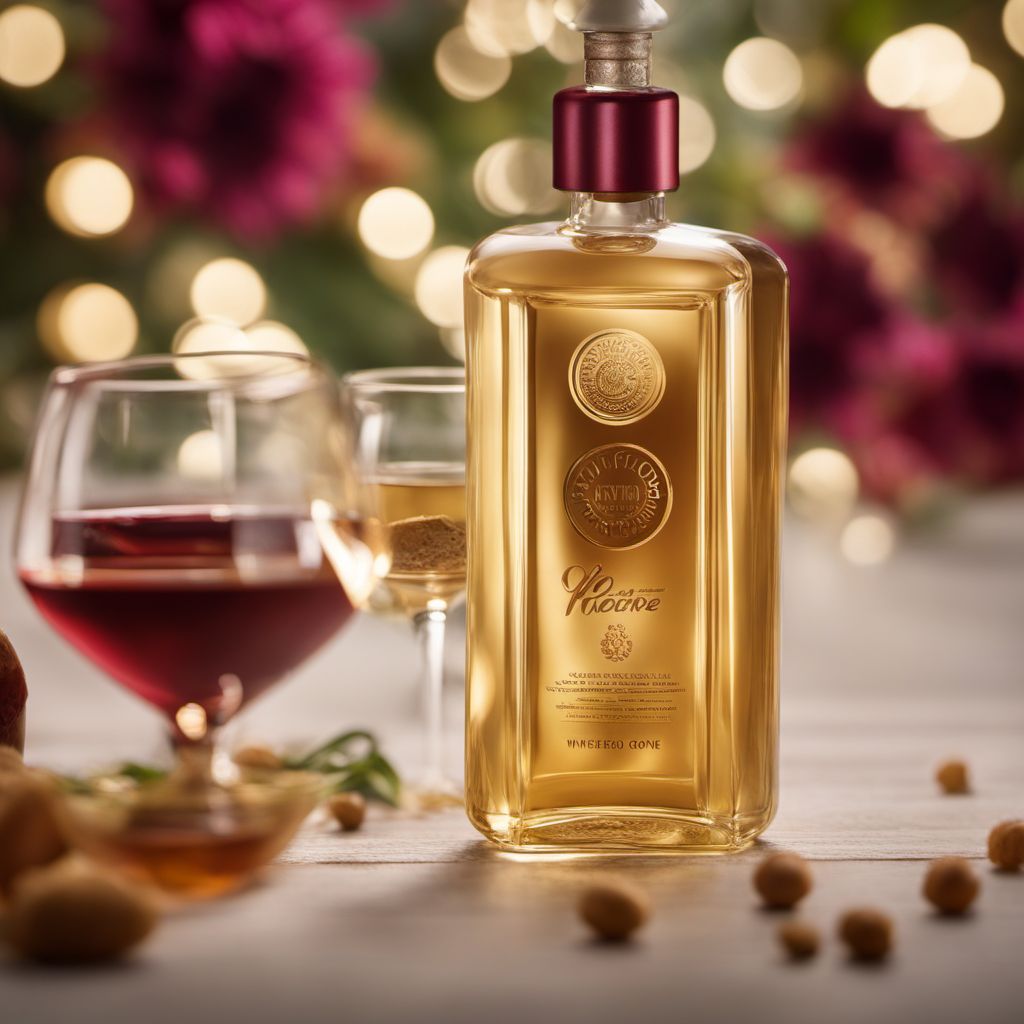
Ingredient
Fortified and liqueur wines
The Elixir of Indulgence
Fortified wines are wines that have been fortified with the addition of a distilled spirit, usually brandy. They are characterized by their higher alcohol content and a wide range of flavors, from sweet to dry. Liqueur wines, on the other hand, are wines that have been sweetened and flavored with the addition of herbs, spices, or fruits. They are often enjoyed as dessert wines or used in cocktails and culinary preparations to add depth and complexity to dishes.
Origins and history
The history of fortified wines dates back centuries, with their origins traced to various regions around the world. Port wine, for example, originated in the Douro Valley in Portugal, while Sherry wine has its roots in the Andalusia region of Spain. Liqueur wines have a similar historical background, with examples like Vermouth originating in Italy and Madeira wine hailing from the Portuguese island of Madeira. These wines have been enjoyed for their unique flavors and versatility in both culinary and social settings.
Nutritional information
Fortified and liqueur wines vary in their nutritional content depending on the specific type and brand. They generally have a higher alcohol content compared to regular wines, ranging from 15% to 20% or more. The sugar content can also be higher in liqueur wines due to the addition of sweetening agents. It is important to consume these wines in moderation and be mindful of their alcohol content.
Allergens
Contains alcohol.
How to select
When selecting fortified and liqueur wines, consider the occasion and your personal preferences. For fortified wines, choose between different styles such as Port, Sherry, Marsala, or Madeira, based on your desired sweetness level and flavor profile. For liqueur wines, explore options like Vermouth, Bénédictine, or Chartreuse, considering the specific flavors and aromas that complement your intended use.
Storage recommendations
To maintain the quality and flavor of fortified and liqueur wines, store them in a cool, dark place away from direct sunlight and extreme temperature fluctuations. Once opened, recork the bottle tightly and store it in the refrigerator to slow down oxidation. Some fortified and liqueur wines can be enjoyed for several weeks or even months after opening, while others are best consumed within a few days.
How to produce
Producing fortified and liqueur wines requires specialized knowledge and equipment, making it a complex process that is typically carried out by professional winemakers. However, if you are interested in experimenting with winemaking at home, there are resources available that provide guidance on making fortified wines or liqueurs on a smaller scale.
Preparation tips
Fortified and liqueur wines can be enjoyed on their own as aperitifs or digestifs, served in small glasses to savor their complex flavors. They are also commonly used in cocktails, such as the classic Martini or Negroni, to add depth and richness. In culinary applications, fortified and liqueur wines are often used in sauces, marinades, and desserts to enhance flavors and create unique taste profiles. They pair well with a variety of foods, including cheese, chocolate, and dried fruits.
Culinary uses
Fortified and liqueur wines are widely used in both traditional and modern cuisine around the world. They are commonly found in recipes for sauces, stews, and desserts, adding depth and complexity to the dishes. In addition, they are a popular choice for pairing with cheese or chocolate, as their flavors complement each other beautifully.
Availability
Portugal, Spain, Italy, France

